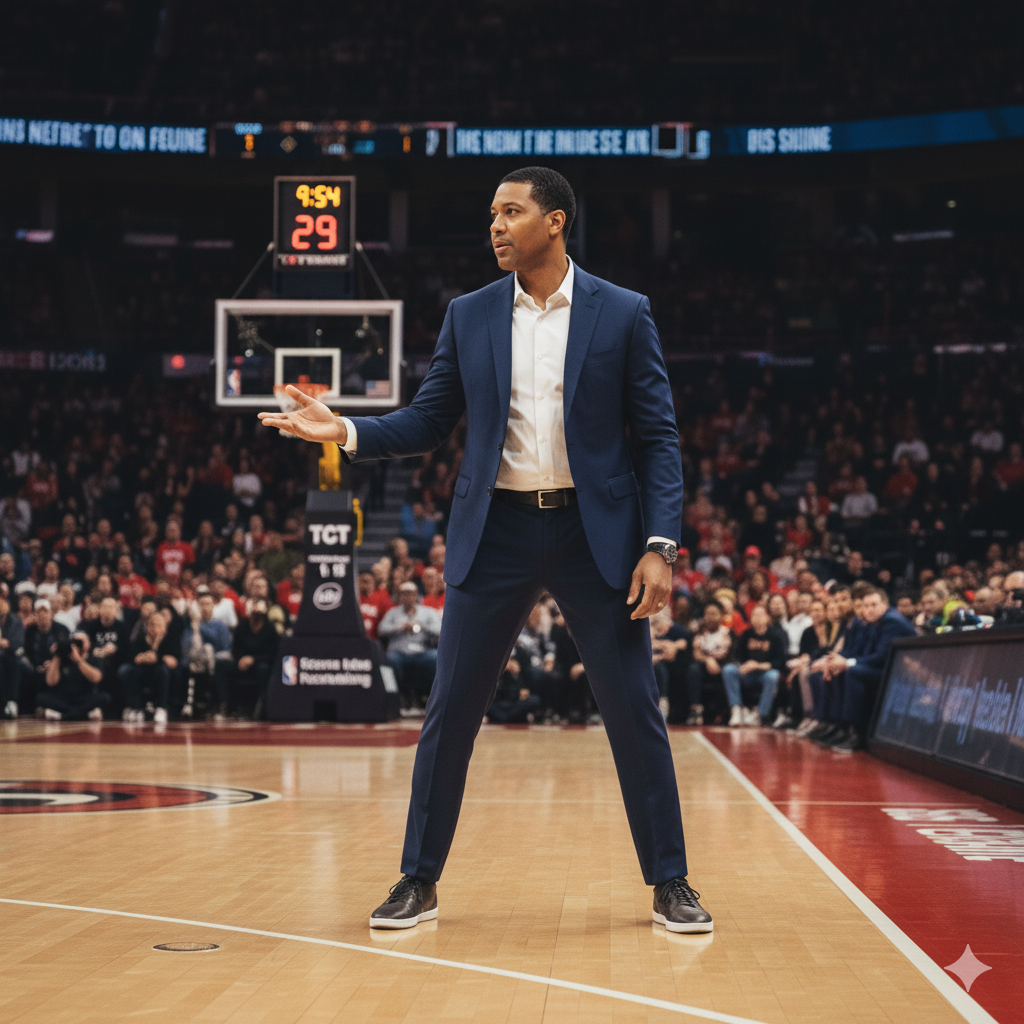Teaching Poise Under Pressure
The final minutes of a close game have their own rhythm, fast, frantic, and full of emotion. Every possession feels heavier, and even experienced players can feel the weight of the clock. This is where coaching presence matters most.
Poise under pressure is about staying grounded. When your tone stays calm, your players start to feel that same steadiness. When your communication is clear and direct, the game slows down, not on the scoreboard, but in their minds.
Pressure speeds everything up. Voices rise, decisions rush, focus slips. A steady coach does the opposite, bringing balance to the storm.
On the sideline, your words set the tempo. Short, confident reminders help players stay locked in on the next play instead of the last mistake. Phrases like “next possession,” “set our pace,” or “trust the read” can center the team instantly.
Body language speaks just as loudly. Eye contact, a calm stance, and controlled gestures all send the same message: We’re fine. We’re built for this. That quiet confidence lets players breathe and process instead of panic and react.
Teaching poise starts long before crunch time. It’s built through habits, how you talk in timeouts, how you correct in practice, how you handle adversity in drills. Players learn to mirror what they see. If you stay composed, they will too.
Late-game decision-making thrives on presence. Players can’t think clearly when the message feels rushed or emotional. They can when it’s steady and purposeful.
So when the game tightens and seconds matter, your role is to slow the noise.
Speak with control. Move with intention.
Show your team that poise is about mastering the pressure.
When a coach leads with calm direction, players learn to trust their training. They stop forcing plays and start finding rhythm. That composure turns pressure into opportunity.
Late-game moments always reveal the tone you’ve built across the season.
Poise under pressure is not built in the final seconds. It’s taught every day, through communication, patience, and presence. And when that teaching shows up in the last timeout or final possession, that’s coaching at its highest level.
